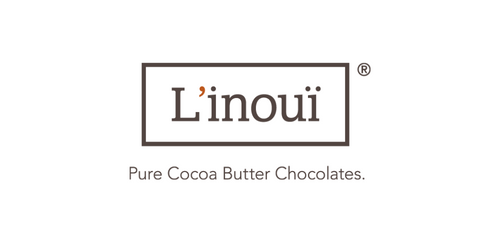Chocolate is one of the world's most loved and desired foods, no wonder that people are often asking themselves – What "is the difference between high-quality and low-quality chocolate?". We investigated, and here's our answer!
Introduction
There are a few key factors to look for when trying to identify the best quality chocolate. The first is to check the ingredients list on the packaging. The higher up on the list cocoa appears, the better. You should also look for chocolates that contain at least 70% cocoa.
The second factor is to pay attention to where the chocolate is made. The best quality chocolate is typically produced in Europe, where there are stricter regulations around what can be called chocolate. Swiss and Belgian chocolatiers are particularly known for their high-quality products.
Finally, you should take a close look at the physical appearance of the chocolate itself. The best quality chocolate will have a smooth, glossy surface with no blemishes or flaws. It should also snap cleanly when broken in half.
When it comes to taste, the best quality chocolate will have a rich, complex flavor with hints of fruit and nuts. It should melt smoothly on your tongue and not be too sweet or greasy. If you can find all of these qualities in a chocolate bar, then you've found yourself some true high-quality stuff!
Types of Chocolate
There are three types of chocolate that are commonly used in baking and cooking: milk, dark, and white.
Milk chocolate is the most popular type of chocolate. It is made with milk, cocoa butter, and sugar. Milk chocolate has a creamy texture and a sweet taste.
Dark chocolate is made with cocoa butter, sugar, and cocoa powder. Dark chocolate has a rich flavor and a slightly bitter taste.
White chocolate is made with cocoa butter, milk, and sugar. White chocolate has a sweet taste and a creamy texture.
Tasting and Sizing
When it comes to chocolate, there are different ways to identify the best quality. For starters, the cocoa butter should be smooth and creamy, not grainy. The color should be a deep brown, not milk chocolate-colored or white. The texture should be fairly firm but not hard, and it should snap when you break it in half.
As for taste, good quality chocolate should have a beautiful balance of sweet and bitter flavors. It shouldn't be too sweet or too bitter - just a perfect balance of the two. The flavor should also be complex, with notes of different fruits, nuts, and spices coming through.
Finally, good quality chocolate should melt evenly in your mouth without leaving any gritty residue behind. It should also coat your tongue in a smooth, velvety film that's absolutely delicious.
Flavors and Ingredients
The best quality chocolate is made with natural ingredients and has a rich, complex flavor. The simplest way to identify high-quality chocolate is to taste it. Good chocolate should have a deep, satisfying flavor that lingers on the tongue. It should also melt evenly and smoothly, without leaving a waxy residue.
The flavor of chocolate is determined by the type of beans used, as well as the roasting and fermentation process. The best quality chocolate is made with carefully selected beans that are roasted slowly to bring out their natural flavors. The beans are then fermented to develop their full potential before being ground into a smooth powder.
The final step in making high-quality chocolate is conching, which involves thoroughly mixing the grinds with sugar, milk, and cocoa butter. This process brings out the Chocolate's flavor and aroma and creates a smoother texture.
Identifying the Best Quality Chocolate, and How It Tastes
When it comes to chocolate, there are a lot of factors that go into determining the quality. The origin of the cocoa, the percentage of cocoa used, and even the type of bean can all affect the taste and quality of the chocolate. However, there are a few key things that you can look for when choosing quality chocolate.
First, check the label to see where the cocoa beans are sourced from. The best cocoa beans come from South America, specifically Peru and Ecuador. These beans have a higher acidity level, which gives the chocolate a more complex flavor.
Next, look at the percentage of Cocoa on the label. The higher the percentage, the darker and more intense the flavor will be. For milk chocolate lovers, aim for a minimum of 30% Cocoa; for dark chocolate lovers, aim for 60% or higher.
Finally, smell the chocolate before you buy it! Good quality chocolate should have a strong aroma that is both sweet and slightly fruity. If there is no smell at all, or if it smells burnt or artificial, put it back on the shelf.
With these tips in mind, you should be able to find quality chocolate that tastes great too! And if you are already on the lookout, explore Linoui's range of fine Belgian Chocolates made with 100% cocoa butter.



